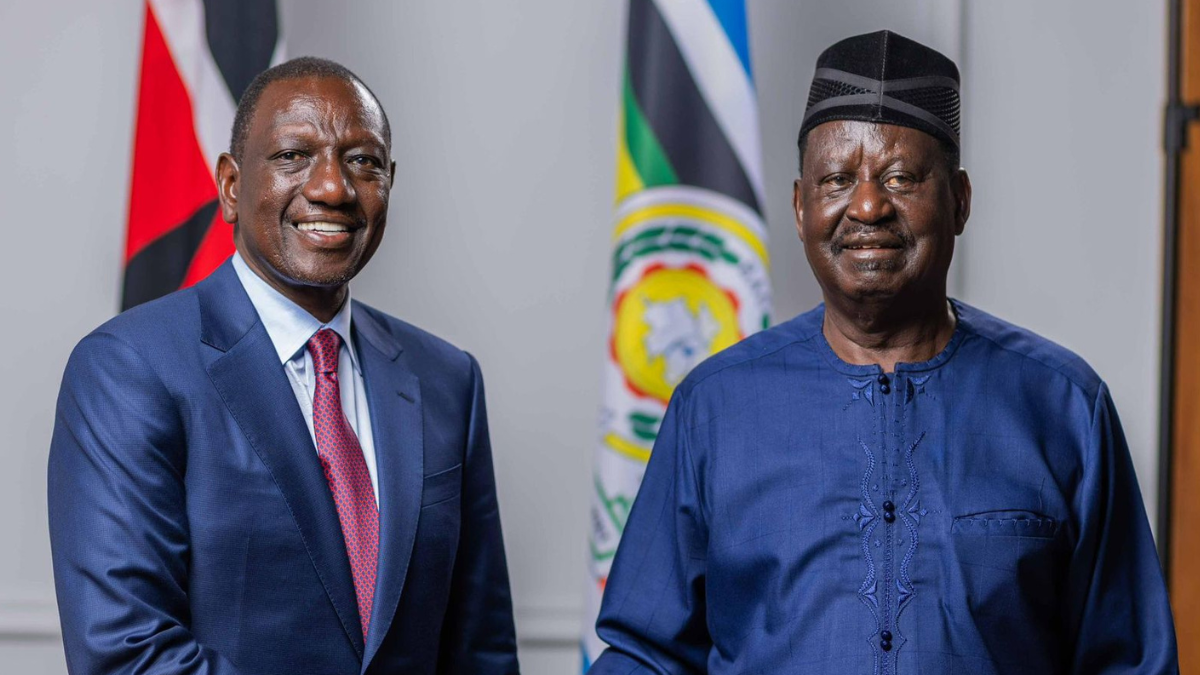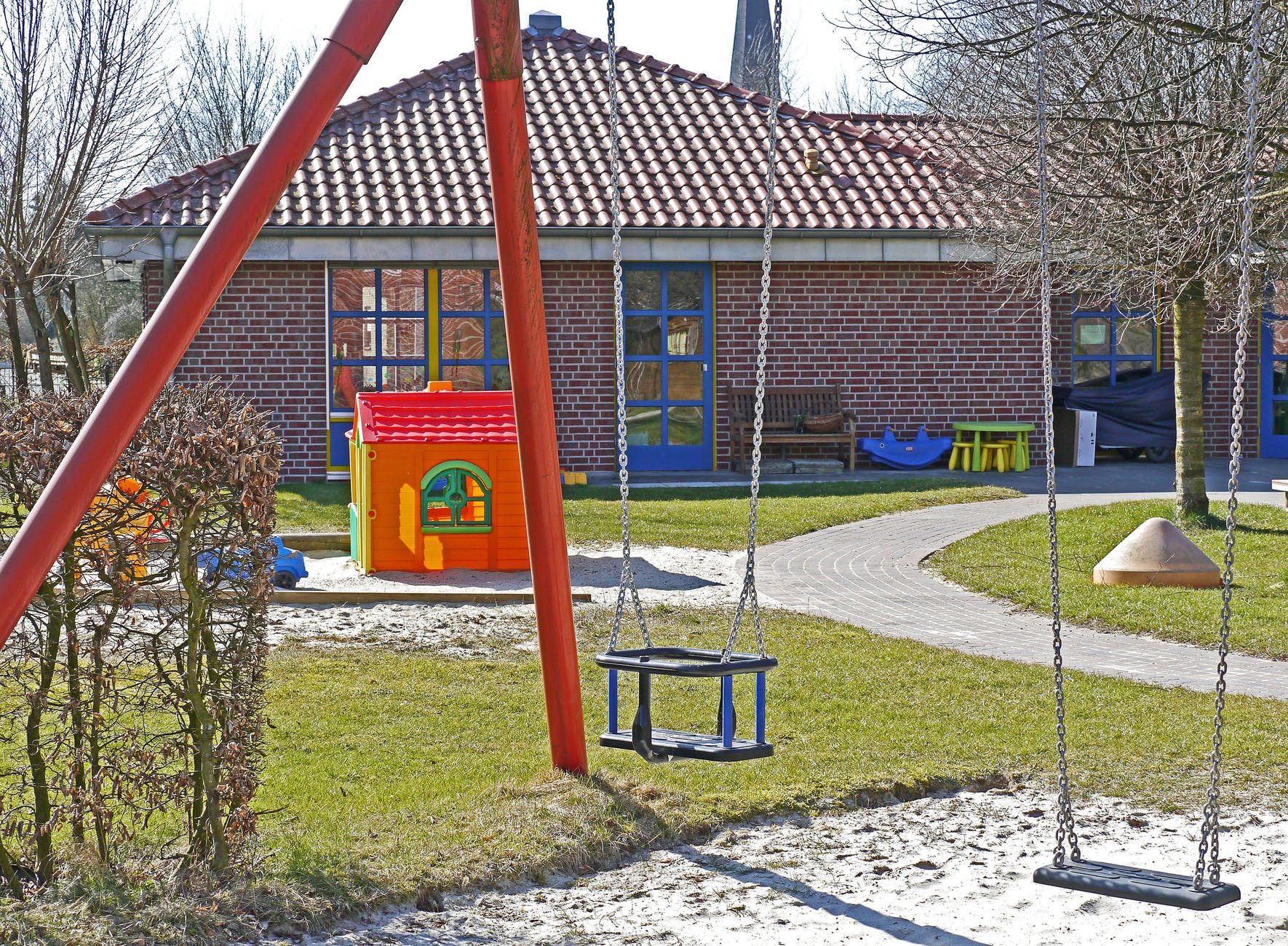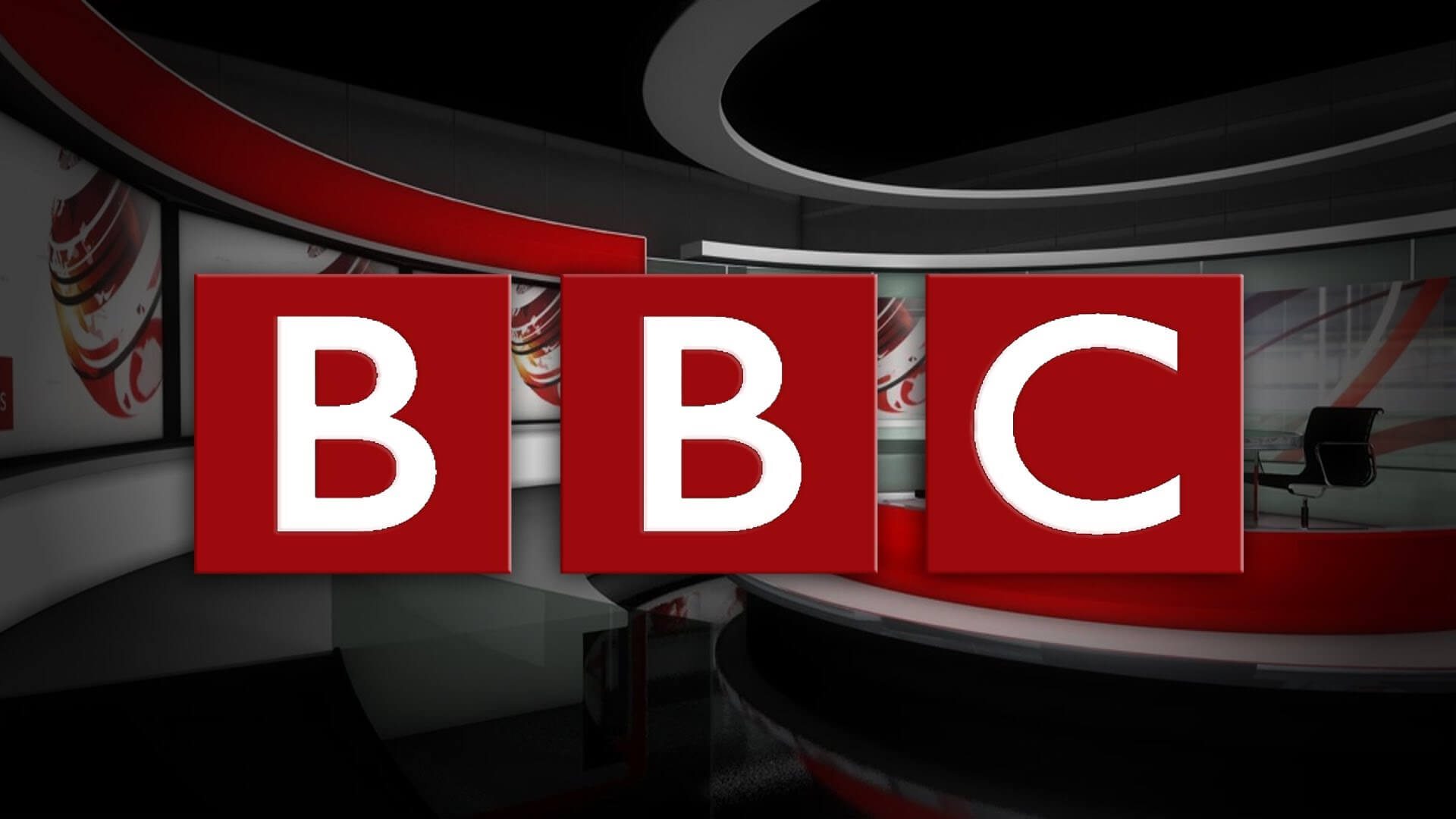The Kenyan government has officially announced a significant shift in the country’s education framework.
Indeed, transitioning from the Competency-Based Curriculum (CBC) to a new model, Competency-Based Education (CBE).
This landmark move follows widespread national consultations, pilot programs, and extensive feedback from stakeholders, including parents, educators, learners, and policymakers.

What Is Changing?
The Competency-Based Education (CBE) model builds upon the principles of CBC but introduces a more streamlined, flexible, and outcome-oriented structure.
While CBC focused heavily on formative assessment and a wide array of learning activities.
CBE aims to align learning with clearly defined competencies and real-world application directly.
Key Differences Between CBC and CBE
| Feature | CBC (Old System) | CBE (New System) |
|---|---|---|
| Focus | Knowledge + Skills + Attitudes | Mastery of Core Competencies |
| Assessment | Continuous, varied, performance-based | Proficiency-based, summative + formative |
| Curriculum Structure | Broad and thematic | Modular and flexible |
| Teaching Approach | Learner-centered, inquiry-based | Individualized pace, project-based |
| Certification | Based on grade levels | Based on competency mastery |
| Parental Involvement | High | Moderate, based on learner independence |
Why the Shift?
According to Education Education Principal Secretary Julius Bitok, the transition is a response to both practical challenges and emerging global best practices.
Some of the key drivers include:
Overburdening of learners and parents under CBC
Concerns over teacher preparedness and implementation disparities
Need for increased employability and 21st-century skill development
Desire to better align education with Kenya’s Vision 2030 and global SDGs
How CBE Works
In CBE, learners advance upon demonstrating mastery of a competency, rather than moving through a system based strictly on age or academic calendar.
Competencies are broken into learning targets or goals, and learners are assessed using rubrics that determine their level of proficiency (e.g., emerging, developing, proficient, expert).
Some hallmark features include:
Flexible pacing: Students progress at their own speed.
Personalized pathways: Tailored learning based on student interests and goals.
Integrated learning: Real-life projects, internships, and community engagements.
Use of digital platforms: E-portfolios and digital learning management systems.
National Rollout and Timeline
The transition will be phased over three years, beginning in January 2026.
Pilot schools are already testing CBE modules and teacher re-training is underway.
Implementation Timeline:
| Phase | Activity | Timeline |
|---|---|---|
| I | Stakeholder Sensitization & Curriculum Design | May – Dec 2025 |
| II | National Pilot & Training | Jan – Sept 2026 |
| III | Full Rollout in Early Years & JSS | Jan 2027 onwards |
| IV | Full Integration in Senior School | Jan 2028 onwards |
Stakeholder Reactions
Parents: Mixed reactions have surfaced, with some lauding the decision to reduce learner pressure, while others express concerns about potential confusion and the cost of transition.
Teachers: The Kenya National Union of Teachers (KNUT) has urged the government to ensure intensive teacher training and provision of resources, particularly digital infrastructure.
Learners: Early feedback from pilot schools suggests that students are enthusiastic about hands-on learning and the flexibility of CBE.
What Remains the Same?
Despite the transition, some aspects of the CBC will be retained:
The competency philosophy remains central.
Continuous assessment will still play a role.
Learners will still be encouraged to pursue STEM, TVET, and arts tracks in senior school.
Conclusion
The shift from CBC to CBE marks a bold attempt to overhaul Kenya’s education system to better meet the demands of the modern workforce and learner needs.
While the change will require careful planning, training, and funding, the government maintains that the move will provide learners with more agency, relevance, and opportunity.
As the nation prepares for this historic shift, the spotlight remains on how effectively the Ministry of Education will manage the transition, communicate with stakeholders, and deliver an equitable system for all Kenyan children.
ALSO READ: M-PESA Charges 2025: What It Costs to Send and Withdraw Money from Safaricom







































